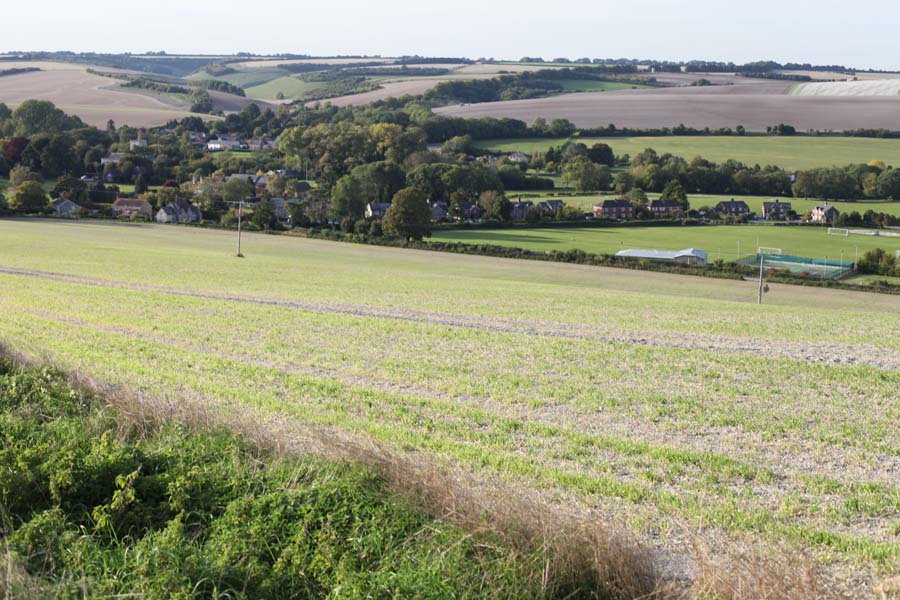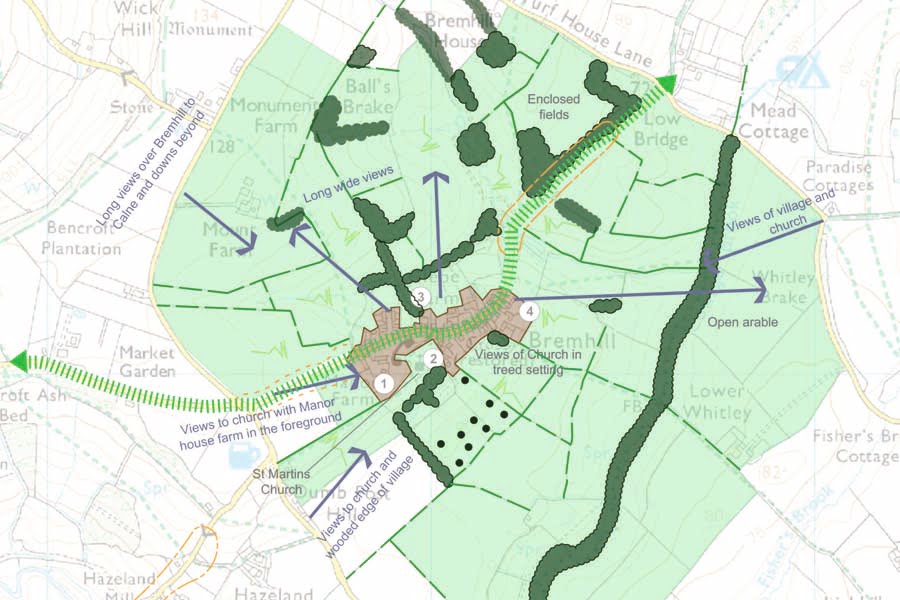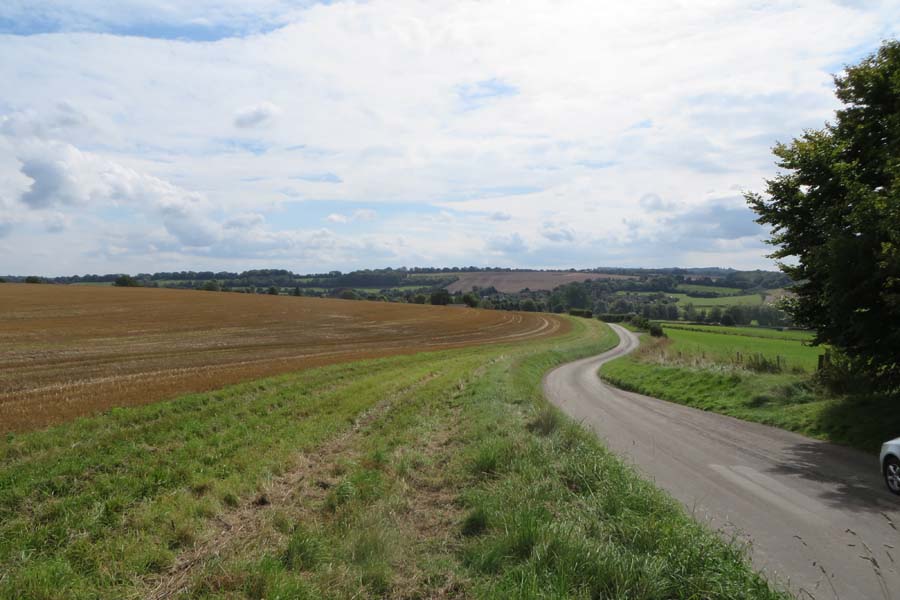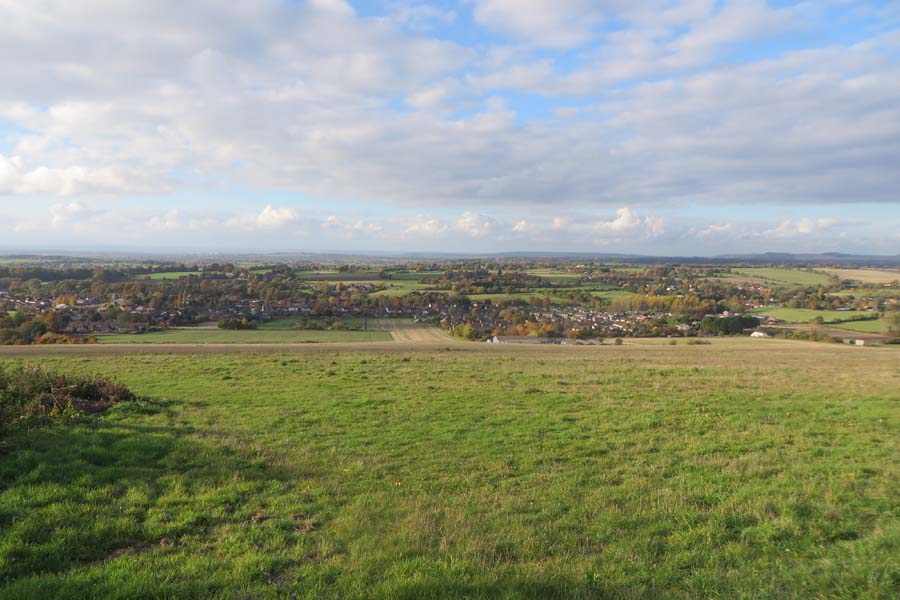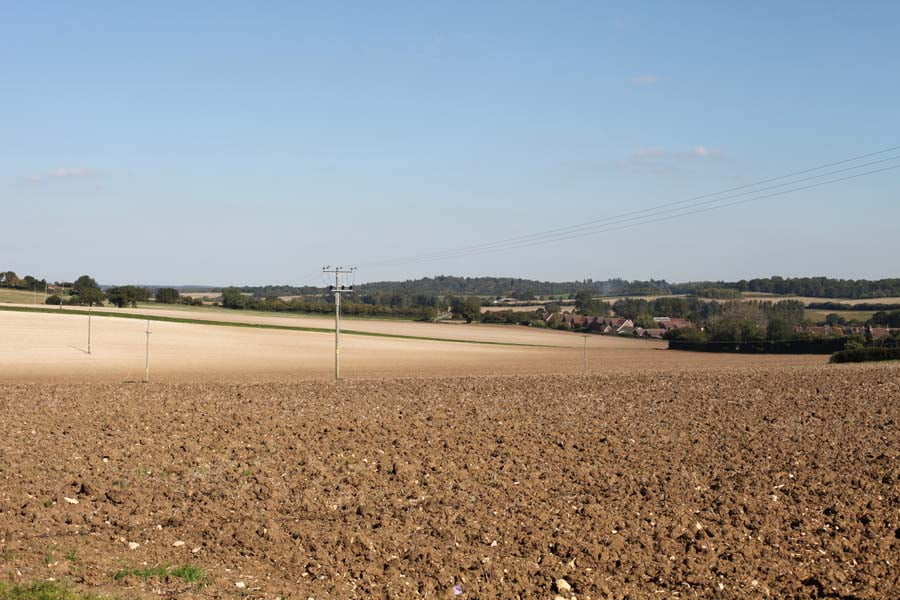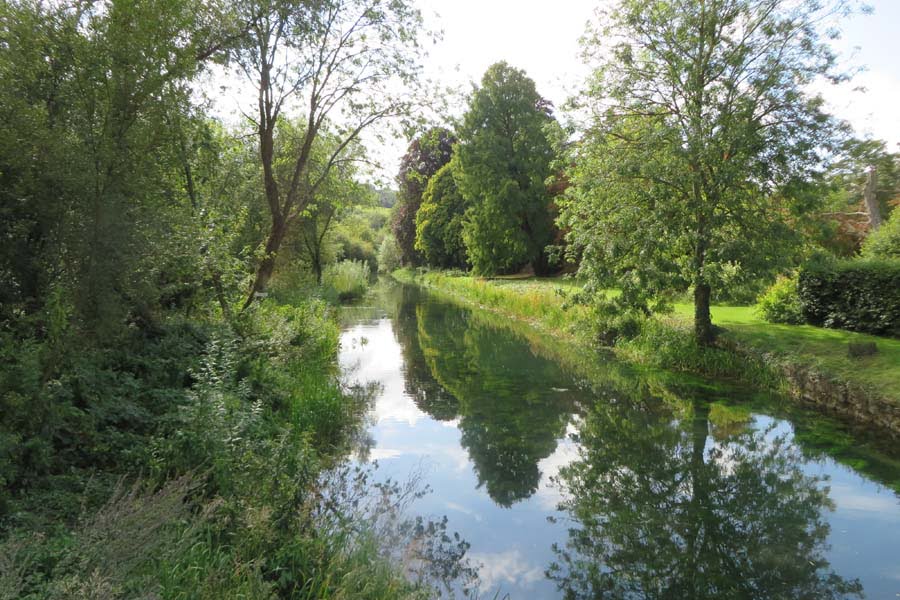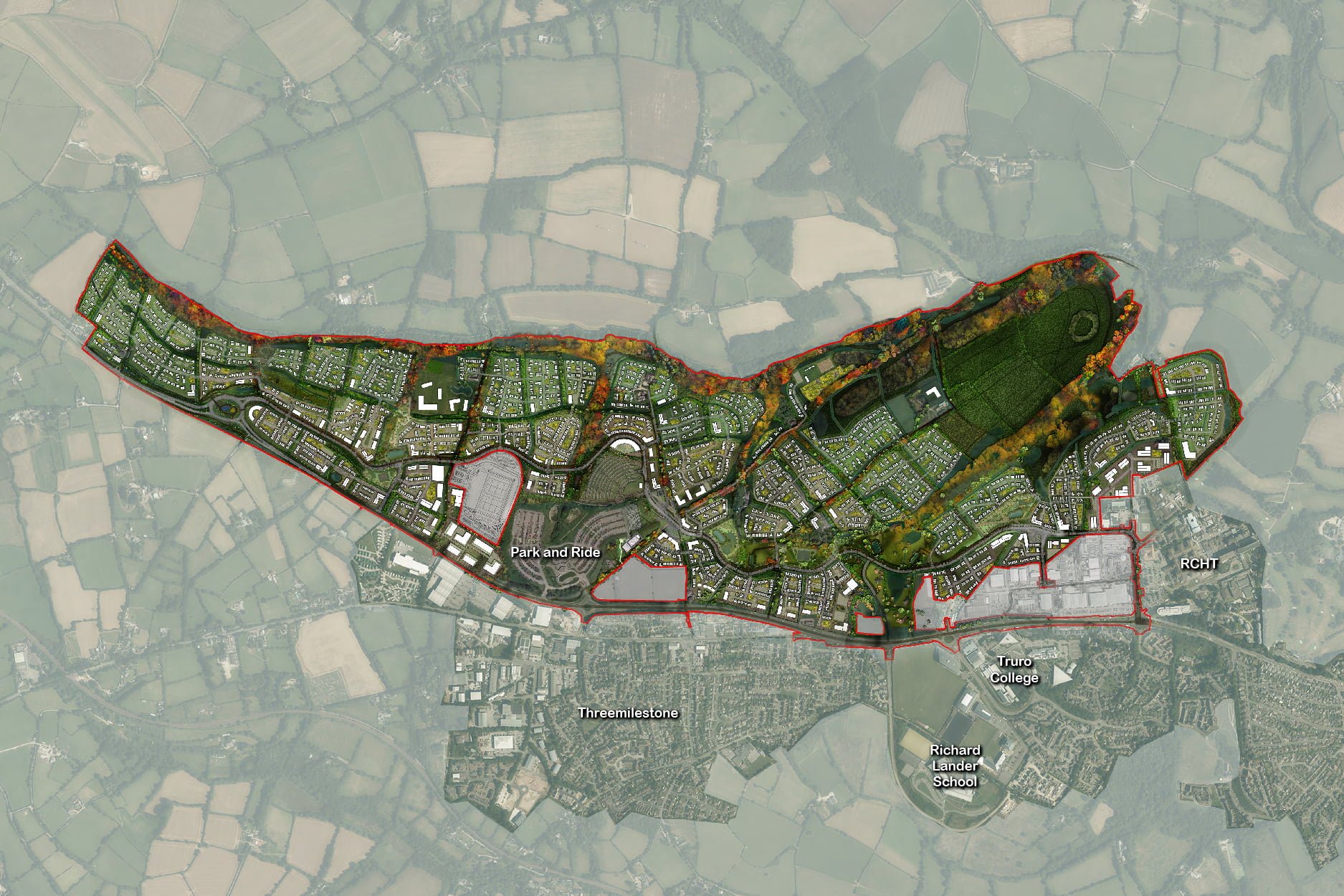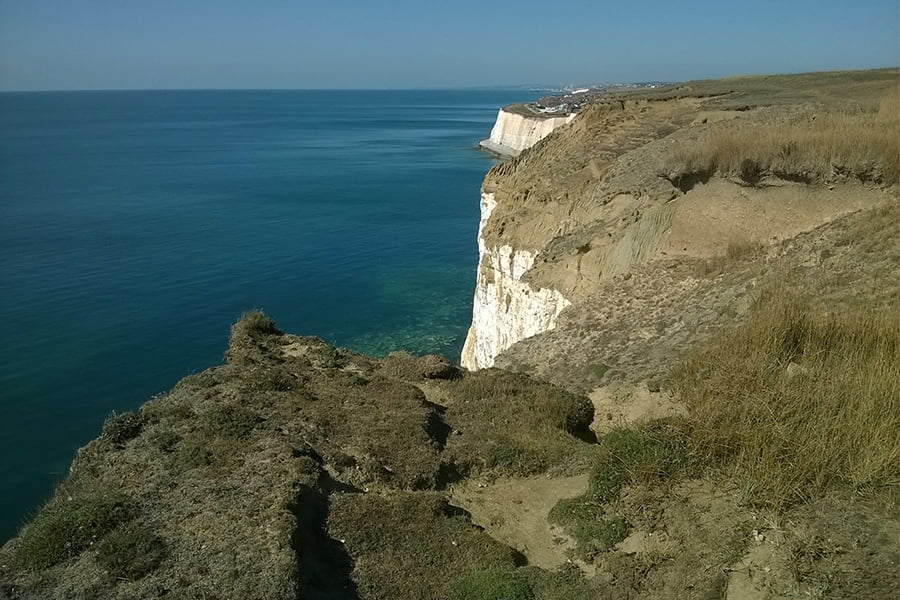Wiltshire is an area experiencing rapid growth. Its Core Strategy plans for 42,000 new houses before 2026, and this comes on top of a period of ongoing population growth. However 44% of Wiltshire’s landscape is of national importance, including the North Wessex Downs Area of Outstanding Natural Beauty (AONB), the Cranborne Chase and West Wiltshire Downs AONB and part of the Cotswolds AONB.
To help the Council address possible adverse effects of housing growth on the environment, TEP was commissioned to carry out a variety of landscape assessments appropriate to urban and rural settings.
Chippenham Landscape Setting Study
TEP identified landscape and visual characteristics of land around Chippenham and surrounding settlements to define what gives them a sense of place. The study identified the landscape and visual characteristics of land around Chippenham and the capacity of that land to accommodate change in the form of development.
Guidance was provided about where and how development could best be managed to minimise adverse effects on landscape and views. This included recommendations on landscape, townscape, visual character and key qualities to be safeguarded.
Landscape Assessment to Inform Wiltshire Housing Sites Allocation DPD
TEP undertook a landscape assessment of 120 sites, both greenfield and previously developed land, to assist the Council in their selection of preferred sites for housing.
TEP’s assessment identified the sensitivity of each site in relation to landscape character and views and the capacity for each site to accommodate development. The assessment also described the potential effects arising on the landscape and on views and made recommendations for mitigation.
Landscape Assessment of Traveller Sites
TEP also carried out landscape assessments to inform the preparation of a Gypsy and Traveller Development Plan Document (DPD). TEP assessed 17 sites across the County ranging in size from one hectare to 15 hectares in a variety of locations including urban, urban-fringe and rural. Three potential sites were in or near an AONB and the special characteristics of those AONBs needed to be taken into consideration in the assessment.
TEP’s work for Wiltshire Council has been undertaken by a team of very experienced landscape architects who specialise in landscape sensitivity and capacity analysis, adopting the principles set out in Guidelines for Landscape and Visual Assessment Third edition (GLVIA3) and Techniques and Criteria of Judging Capacity and Sensitivity (Landscape Character Assessment, Topic Paper 6).
Ian Grimshaw, TEP’s Director of Environmental Planning comments: “Wiltshire is one of the most beautiful counties in lowland England and it is not surprising that it is subject to intense pressure for new homes. Wiltshire Council is determined to increase the supply of affordable homes for local people which inevitably means that most towns and villages will need to take a share in absorbing new housing. By putting landscape character and visual assessment at the heart of its decision-making, the Council is able to unlock housing land and demonstrate to developers and existing communities that evidence based assessments can overcome legitimate concerns about sprawl and loss of character.”


